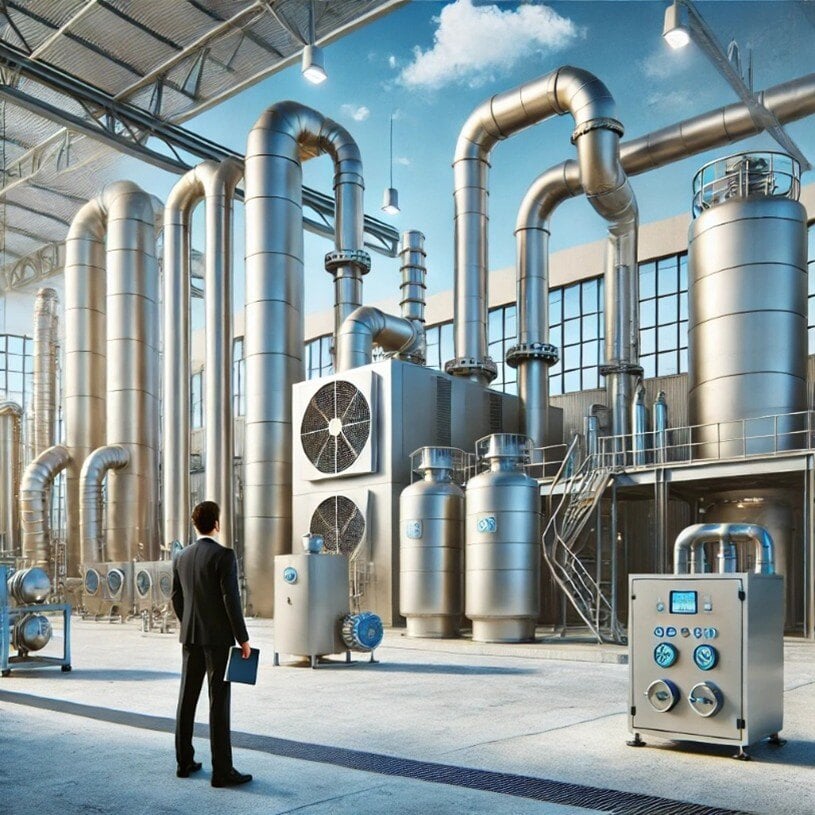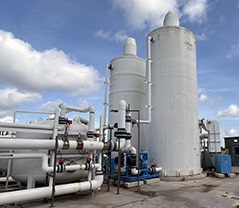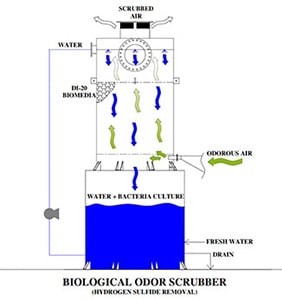Industrial facilities are often at the forefront of producing essential goods and services, but with these processes comes the challenge of managing industrial odors. These odors affect the immediate working environment and have broader implications for community relations, worker health, and regulatory compliance.
- Home
- About Us
- Services
- Capabilities
- Products
- Resources
- Blog
- Contact
- Our Partners
- American Water Works Association
- Brooks & Associates, Inc.
- DHP Training
- International Desalination Association IDA
- Water Surplus
- WefTec
- Haynes Equipment
- Eshelman Company-Sales Rep-Tennessee & Alabama
- Trippensee Shaw - Sales Rep-Florida
- Solberg Knowles & Associates
- General Pump & Equipment-Sales Rep-Mississippi
- Business Opportunities






